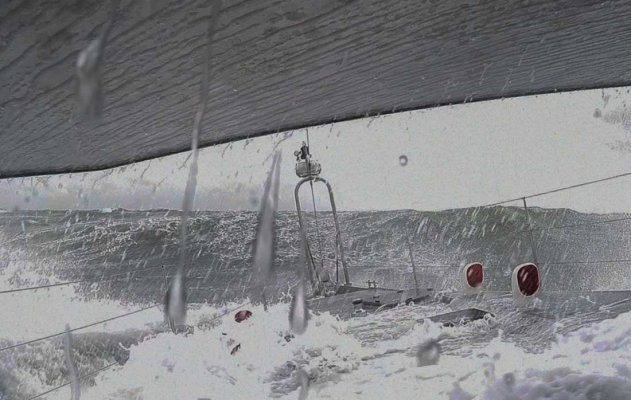sunchaser
Guru
- Joined
- Apr 9, 2008
- Messages
- 10,196
- Location
- usa
- Vessel Name
- sunchaser V
- Vessel Make
- DeFever 48 (sold)
Rusty
The FPB designers, owners and builder are not aware of your oft mentioned "pitching problem" I will say though that in short period 8+ foot seas many fat body vessels I've been on - pitch. Seems that all boats do, in fact I saw a video of a tanker, oh what the heck.
On a different note, I recently talked with one of the Black Swan guys, it is moving ahead. Learned a bit about their plans, hopes and dreams. Smart group.
The FPB designers, owners and builder are not aware of your oft mentioned "pitching problem" I will say though that in short period 8+ foot seas many fat body vessels I've been on - pitch. Seems that all boats do, in fact I saw a video of a tanker, oh what the heck.
On a different note, I recently talked with one of the Black Swan guys, it is moving ahead. Learned a bit about their plans, hopes and dreams. Smart group.



